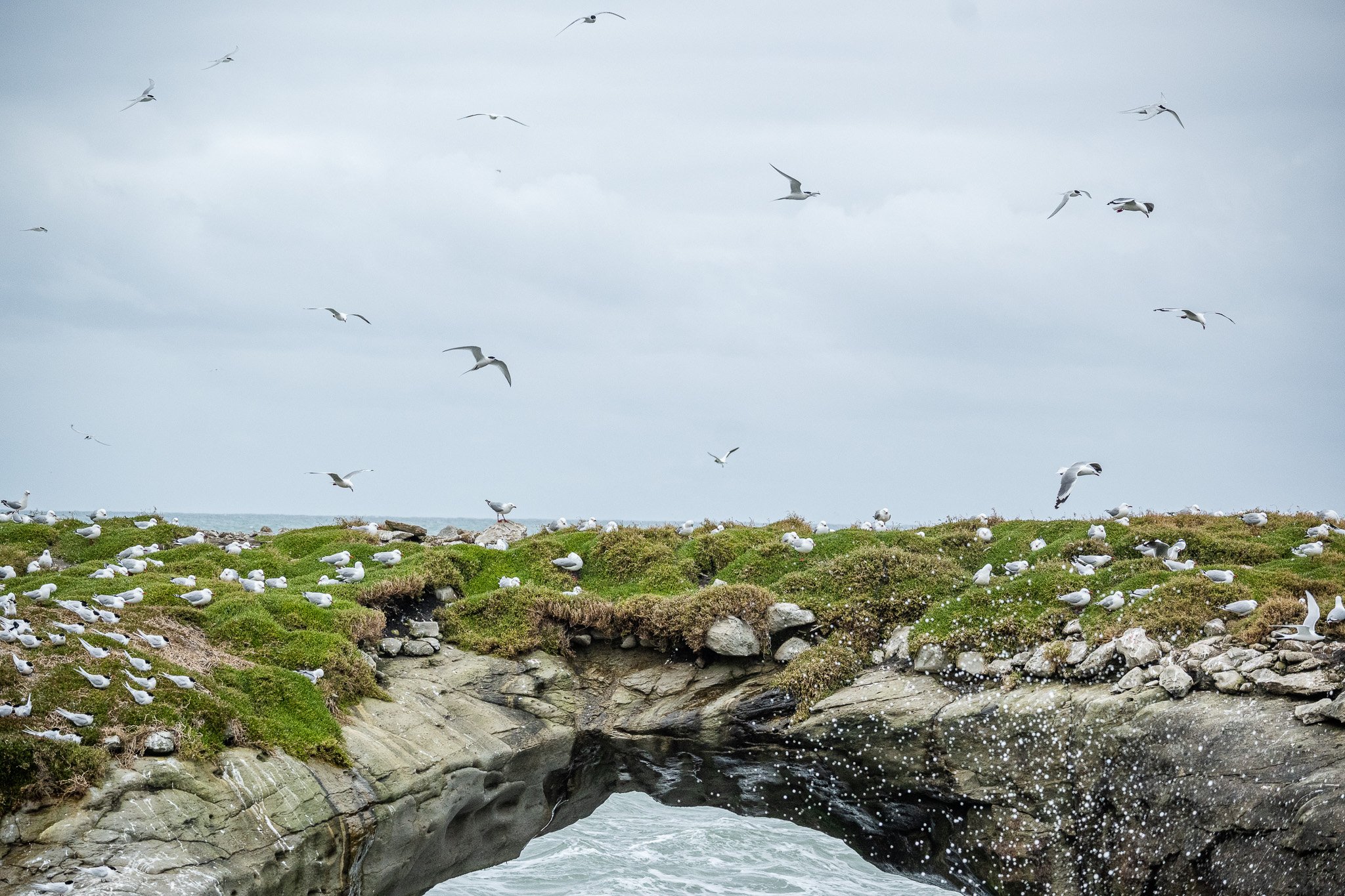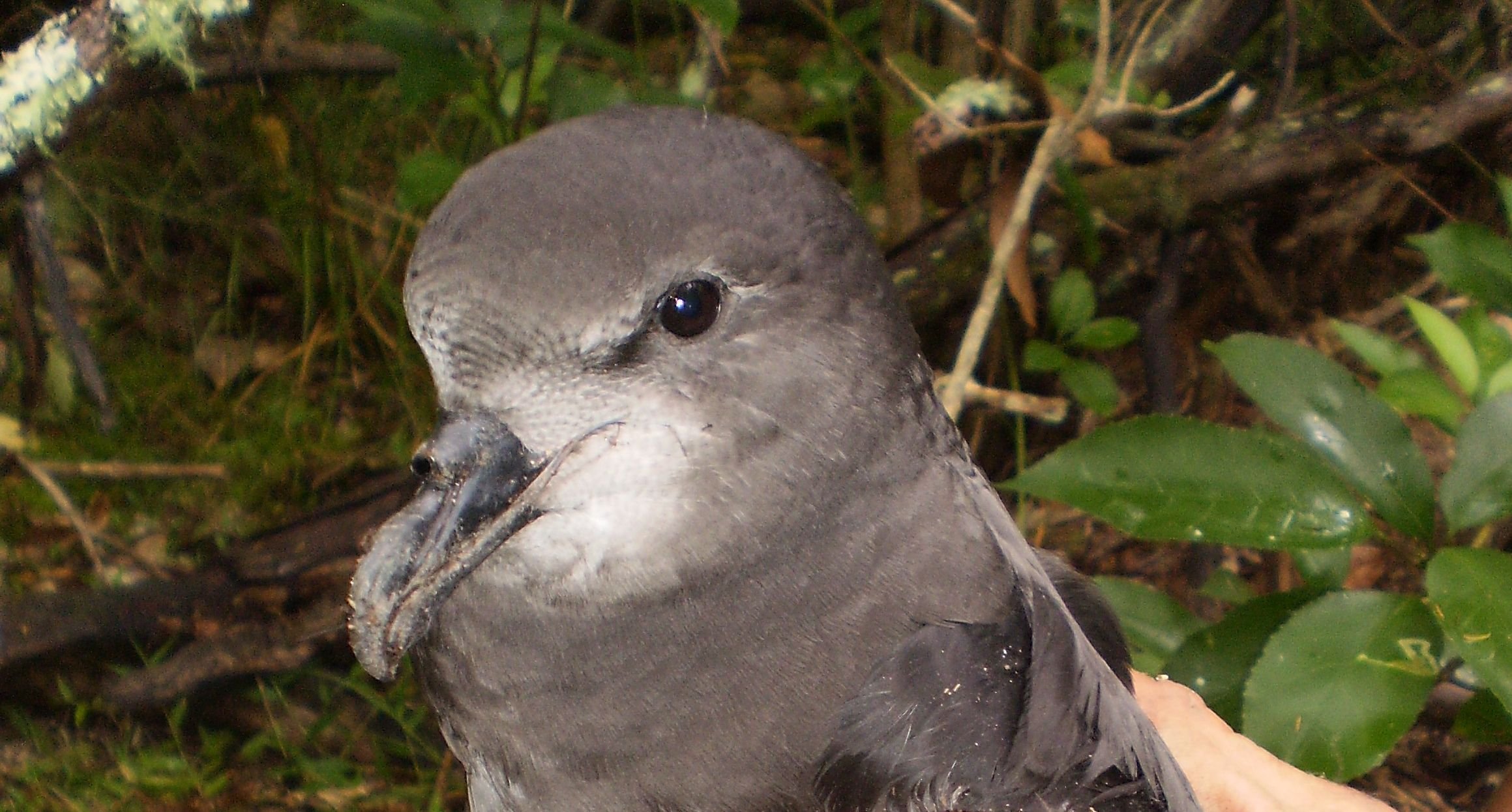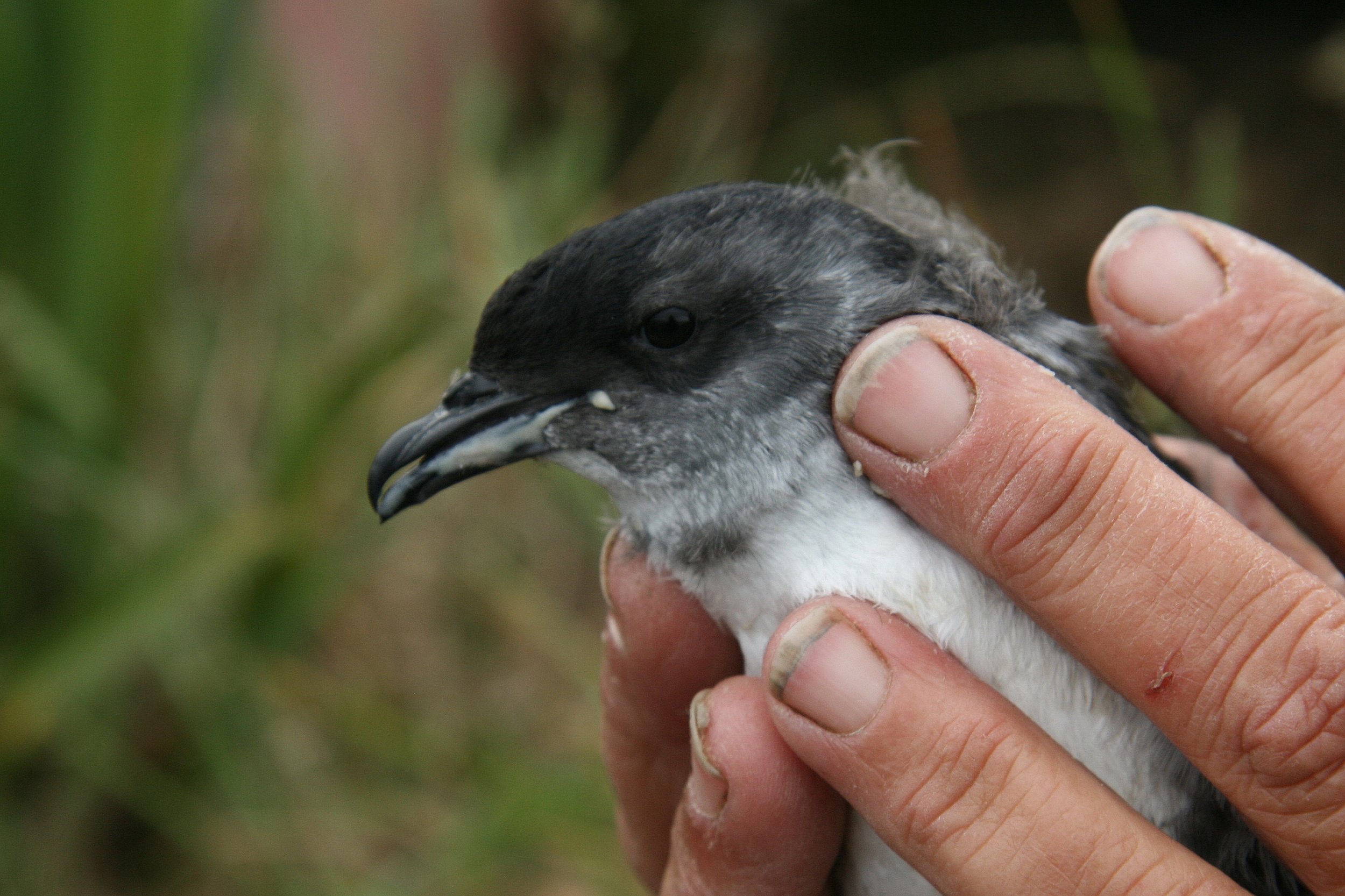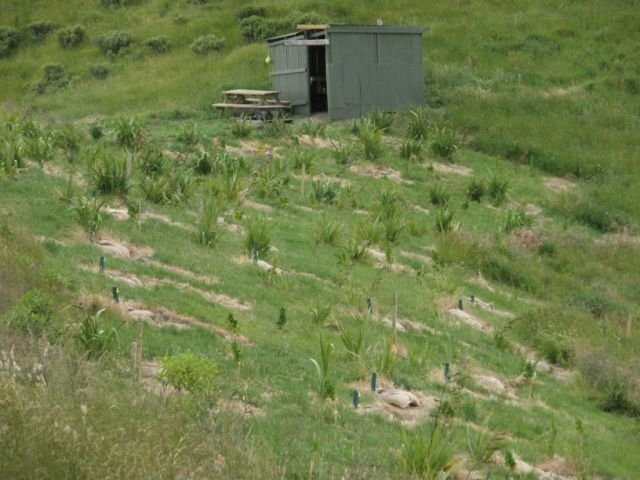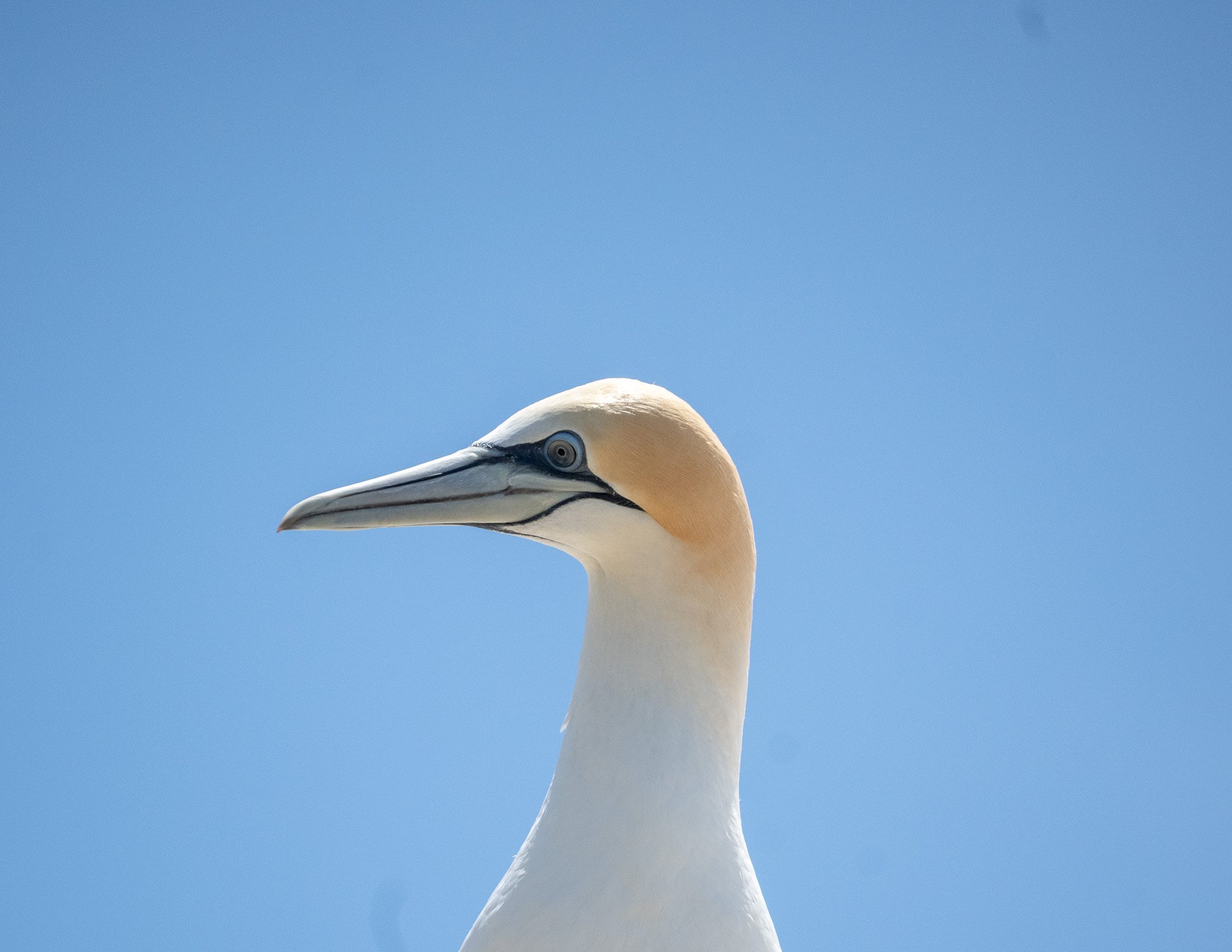Sea Birds
Historically, the Cape Kidnappers peninsula was teeming with sea-birds. The arrival of humans, subsequent hunting, habitat destruction and introduction of predators forced many of the region’s sea birds into local extinction.
Cape Kidnappers. famous for it’s coastal cliffs and rugged shoreline is the region’s stronghold of sea birds. Hundreds of caspian terns take rest on the coastal turf at Rangaiika. New Zealand’s endangered New Zealand dotterel is frequently spotted along the Cape Kidnappers and Ocean Beach coastline. Our coastline is home to oyster catchers, little blue penguins, Australasian gannets, pippets, shags, herons and more.
Translocated

-
Petrel chicks were transferred from Moutohora (Whale Island) to Cape Sanctuary between 2008 and 2015. During that time four-hundred and seventy-six birds were transferred and hand-raised within the pest-free sea bird site within the sanctuary at Ocean Beach. The first adults returned in March 2014, from the eight returned pairs one fledged the first chick in 2015. In 2023, a record forty-seven chicks were hatched.
-
Three-hundred and forty-seven Tītī chicks were transferred from Hauturu (Little Barrier Island) and hand-raised at Cape Sanctuary between 2010 and 2013. The first bird to return was in August 2013 and returns have been infrequent since.
-
Kuaka were translocated from Motumahanga Island off the Taranaki coast between 2011 and 2016. A total of two-hundred and sixty-three chicks were hand-raised at Cape Sanctuary. The first adults returned to nest in 2012 and a chick successfully fledged November that year. Diving petrel’s are included in the sanctuary’s plans for further sea-bird translocations.

THE Sea bird site
As sea-birds are particularly vulnerable to predation, Cape Sanctuary translocates and cares for sea-birds in a pest-free 2ha enclosure, aptly named the ‘sea-bird site’. Whilst sea-bird translocations are regarded as a ‘long-term investment’, as after fledged, adults often take years to return - a record forty-seven grey faced petrel chicks in the 2023 season has showed that Cape Sanctuary’s investment has paid off!
Originally, the dry eroded grassland of the sea-bird site provided little hope for restoring coastal forest. However, hidden in the soil was history of hundred’s of years rich in sea-bird occupation. Guano, sea-bird excrement provided a fertile ground to nurture native plantings. In the beginning, Cape Sanctuary would protect sea-bird burrows from the Hawke’s Bay heat with reflective covers, and now lush canopy thermoregulates our colonies.
Read more about our exciting ‘sea-bird site extension’ in What’s Next
The Cape Kidnappers gannet colony
Perched atop the Cape Kidnapper’s rugged coastline is New Zealand’s largest mainland gannet colony. Nesting history of the 20,000 strong Takapu/ Australasian gannets dates back to the 1870’s. As migratory birds, the gannets return to lay around September, and depart in May for warmer Australian waters.
For an up-close observation of this incredible colony, book an overland tour with our friends at Gannet Safari’s Overland.



